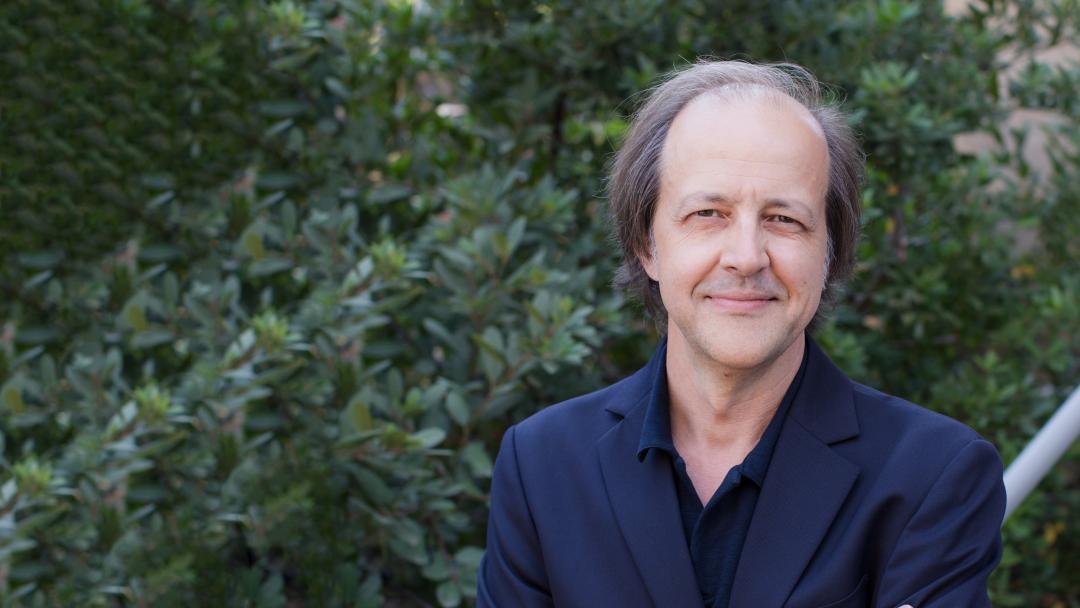
Christopher Seeds, assistant professor of criminology, law and society, recently testified before the California Committee on Revision of the Penal Code about life without parole sentencing. He addressed the history of life without parole sentences in California, the utility of such sentences and revisions to the penal code concerning life without parole.
Takeaways from his testimony:
No nation other than the U.S. authorizes life without parole sentencing for juveniles.
Nearly 56,000 men and women are serving life without parole sentences in the U.S. today, compared to about 10,000 in the 1990s.
More than five-thousand people are serving life without parole sentences in California, the third most of any U.S. jurisdiction.
Life without parole sentences, in California and nationally, are imposed disproportionately on people of color.
“Life without parole sentencing is not an entirely new punishment,” Seeds said. “Historically, California was among the first states to impose life without parole for non-homicide offenses [in the late nineteenth century]... Life without parole was rarely imposed, however, under those early statutes and, since 1978, the scope of life without parole sentences in California has grown.”
From an international and historical perspective, he added, “I think it's accurate to say that life without parole as it is known and practiced today is an aberration—not a humane sentence, not a sentence that's institutionalized elsewhere in the world, [and] not a sentence that historically in the United States necessarily meant death in prison.”
Seeds recommended limiting and eliminating life without parole sentences prospectively for all offenses and instead following proposals like those of The Sentencing Project that would require review after a set period of years and routinely thereafter. He also urged that people already serving life without parole sentences be included in second look reforms.
Watch Seeds’ full testimony on YouTube:
In related research, Seeds’ article published last month in the British Journal of Criminology examines the role of hope for people sentenced to life and long-term imprisonment. The article, “Hope and the Life Sentence,” distinguishes hopes derived from legal opportunities and escapist fantasies from deeper hopes grounded in despair, highlighting hope as a site for further research.
In addition, Seeds’ article, “Life Sentences and Perpetual Confinement,” in the 2021 Annual Review of Criminology addresses the rise of life without parole sentences and examines several areas in which thinking and scholarship on life sentencing have been altered and spurred by contemporary developments. The review concludes by pointing to gaps in the field and issues on which social scientific research on life sentencing might contribute going forward.
An excerpt:
In criminology and neighboring disciplines that study punishment, one finds a scholarly interest in branching out from the prison to study other practices of control, such as monetary sanctions, banishment, and policing. Those avenues of research are extremely important. But, in expanding the scope of sociological and criminological research on punishment, scholars also must maintain sight of the substantial prison use that continues and of how the use of the prison is changing — in the United States, where people serving life sentences make up an increasing percentage of the prison population, and internationally, as life sentencing appears in jurisdictions where historically it has been absent. In this light, more research on the history of how life sentencing has developed is vitally important, as is studying the forces that bring about life sentencing today and how penal and social practices develop in turn.

